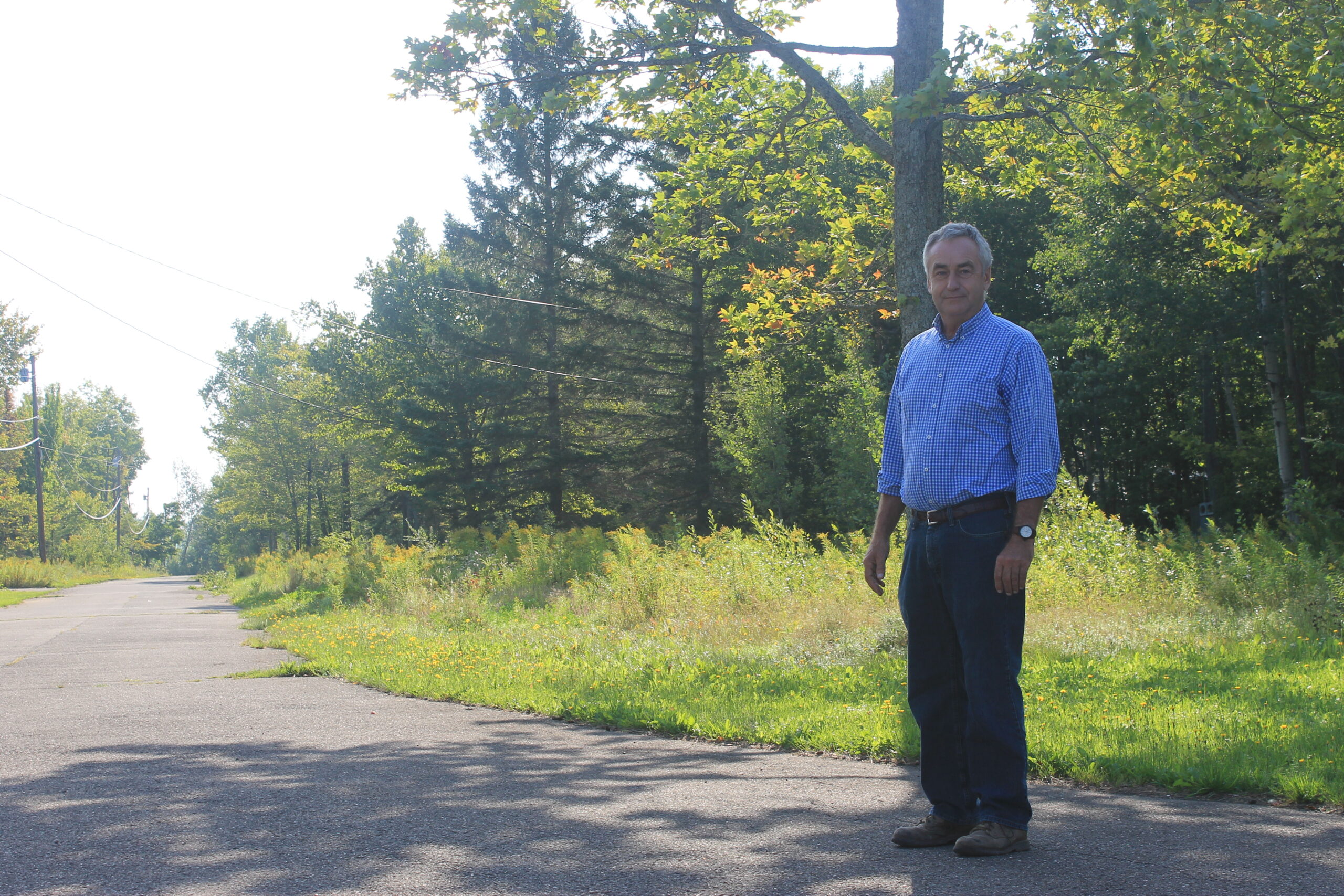
PRESQUE ISLE, Maine — A mostly empty mobile home park on the north side of Presque Isle will soon be available to people looking for a place to live year-round in their tiny homes or RVs.
Eugene Knight, owner of the 55-acre mobile home park that once served families working at Loring Air Force Base, said that the Presque Isle Planning Board recently approved his plan to rent up to 23 lots for tiny homes and RVs.
“I think there’s an opportunity. People just need an opportunity to put them somewhere,” Knight said of tiny homes, which are often built on trailers.
Knight said he has watched the tiny home movement evolve around the country over the last few years and started thinking about creating a place for them on his underused mobile home park property. He’s also had inquiries from people about renting lots at the park for RVs or tiny homes.
“I’ve had interest in winter and long-term stays in RVs. I’ve had some interest with outside people coming in, asking if they can put a tiny home here,” Knight said.
He said he has owned the 55-acre parcel at the intersection of Route 1 and Craig Road since 1998. The Army Corps of Engineers originally built the site in 1958 to host new mobile homes for families at the Loring Air Force Base in Limestone, he said.
“They put in a wastewater system, a deep well, streets and drainage systems,” Knight said. “This was very well designed.”
At its peak, there were 110 homes at the property. There were 61 when Knight purchased it in 1998, but now there are only six.
Knight, who grew up on a family farm in Presque Isle and has worked in real estate in Maine and Florida, said the mobile home park has seen residents steadily dwindle as Aroostook County’s population has declined.
Now, though, Knight said he thinks the time could be ripe for a new living option, as affordable housing is scarce and more people are looking to live in smaller, less-costly spaces. Potential residents at the park could include young nurses and healthcare professionals moving to the area for work, baby boomers looking to downsize or winter snowmobile enthusiasts, Knight said.
“I’ve been out of the housing business for five years now,” he said. “I would see people in their 50s going from say, a 1,200 to 1,600 square foot home to a 3,000 square foot home, mortgaging for 30 years and putting 5 or 10 percent down. That’s no way to head to retirement. These are some of the same people that want to bail out of a great big house.”
Knight said that rents for a lot at the park would be in the $250-$300 range, with water, sewer and power hookups. He’s currently finishing up paperwork and expects those lots to be available by the first of October.
“I’ve got nothing to do to prepare for it as far as infrastructure. It’s all there.”
Knight said he’s also exploring the possibility of building tiny homes that people could rent. Tiny homes are usually dwellings with less than 400 square feet and often built on trailers that can be towed, much like an RV.
“I’m toying with the idea. If I build one, I would do it all electric with radiant floor heat,” Knight said.
“It’s a whole new industry. The times are changing.”







